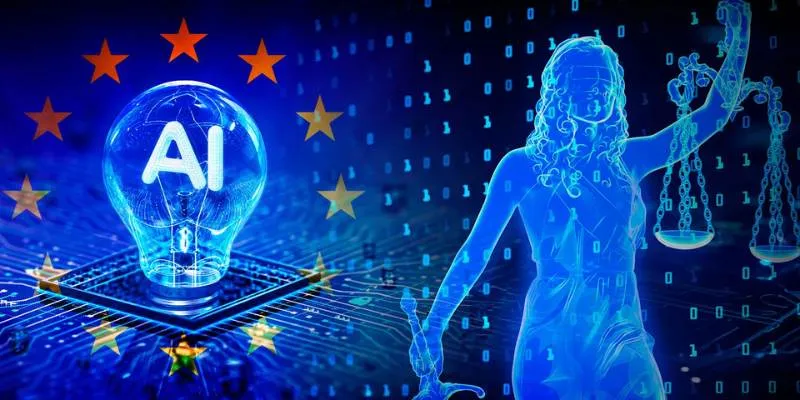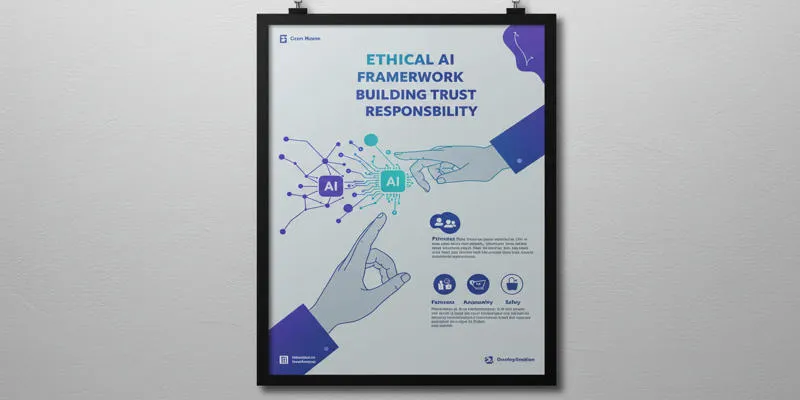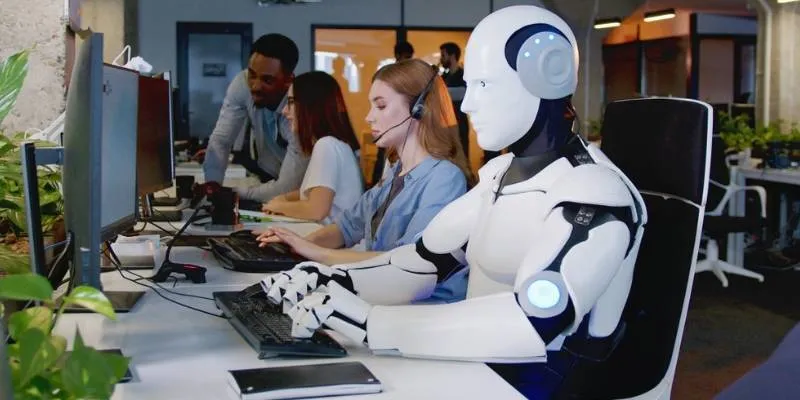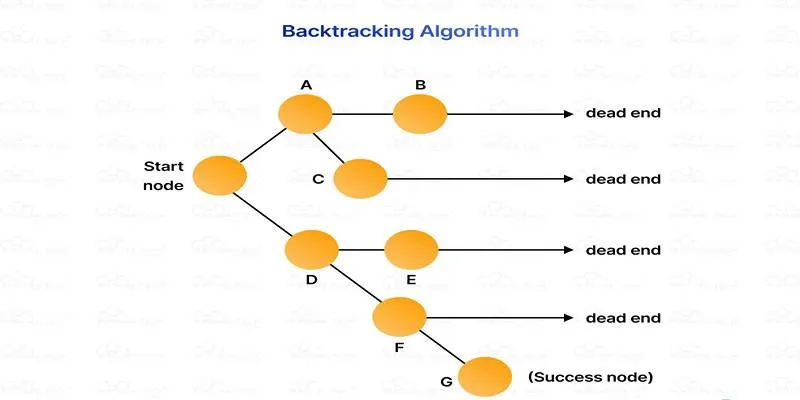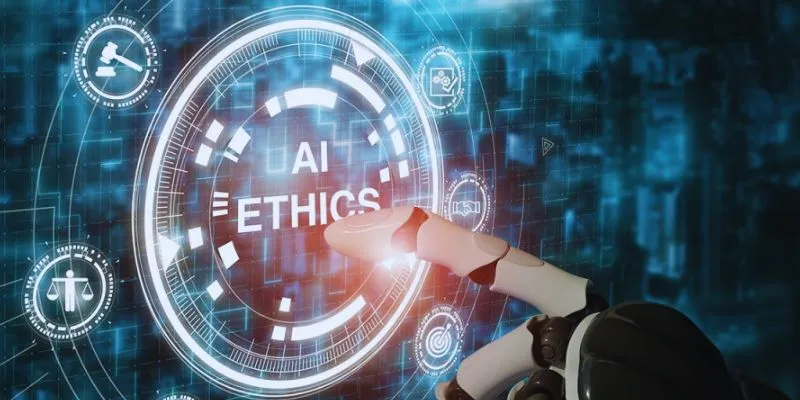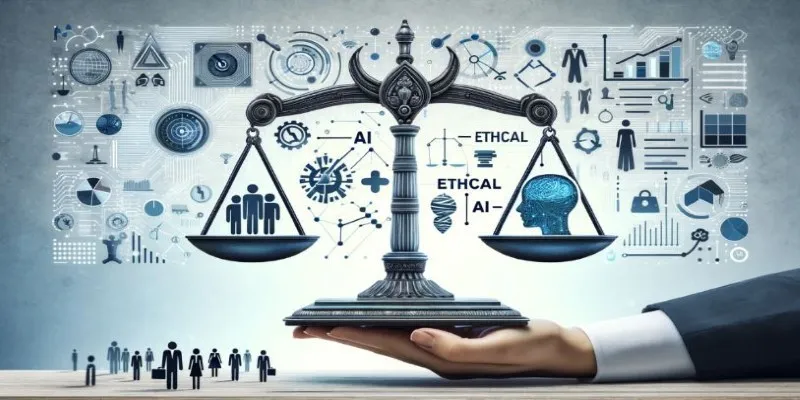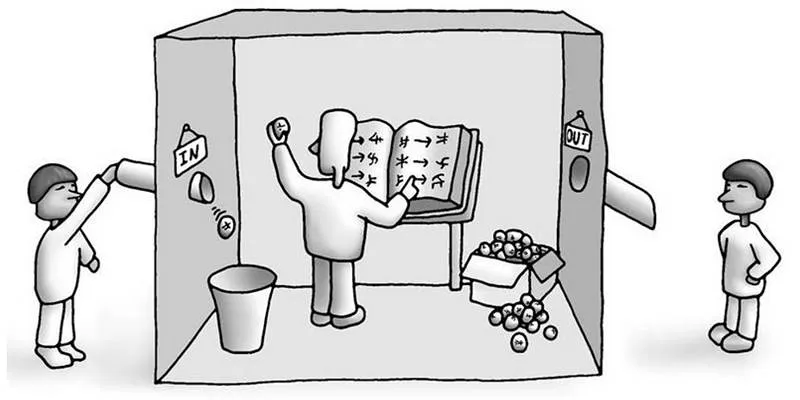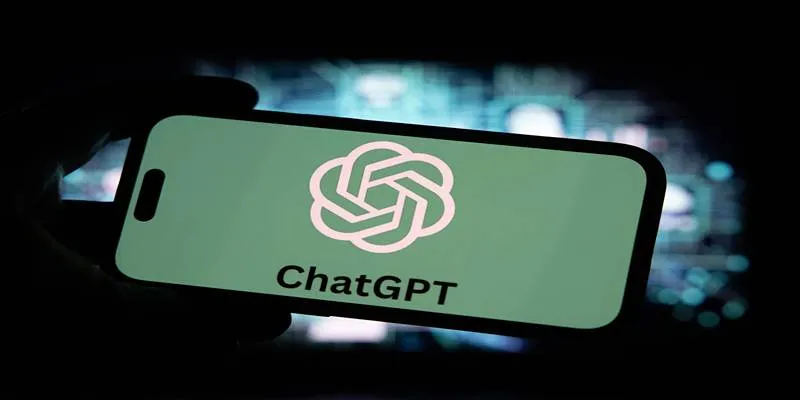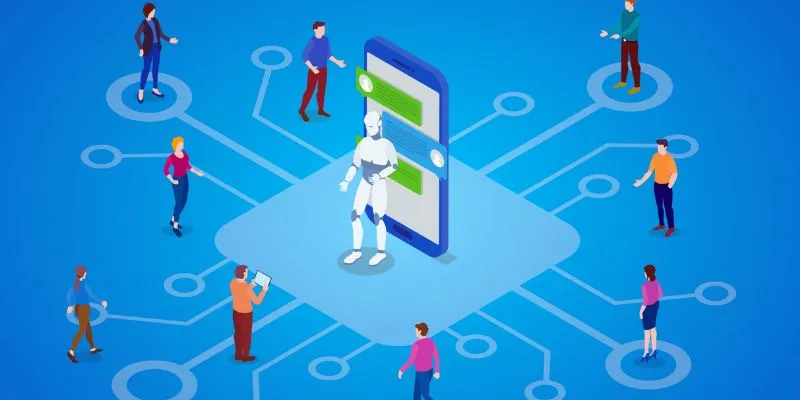The Evolution of Chatbots: From Robotic to Real
For years, AI chatbots have been synonymous with robotic, stiff, and scripted interactions. Even the best ones often betray their artificial nature with flat responses and awkward phrasing. But now, the landscape is shifting. An AI startup backed by actor William Shatner has been acquired to further the mission of creating chatbots that sound like genuine conversations with real people. This acquisition is not just another tech company changing hands; it’s a glimpse into the future of human-computer interaction and how celebrity-backed ventures are influencing the evolution of AI voices.
From Star Trek to Startup: Shatner’s Role in AI
William Shatner, famous for his role as Captain Kirk on Star Trek, is no stranger to bold ideas. His foray into the AI world wasn’t just about lending his name to a brand. Shatner teamed up with StoryFile, a Los Angeles-based startup that uses AI and natural language processing to create interactive video chatbots based on real people’s personalities, voices, and life stories. These chatbots aren’t just lines of code; they are trained using real interviews, layered with AI to simulate live, unscripted conversations.

StoryFile’s flagship idea was simple: imagine conversing with a loved one long after they’re gone or speaking with a historical figure as if they’re right in front of you. Shatner became the startup’s most public test case, recording hours of responses to create a conversational AI that people could interact with. This approach marks a significant shift towards more human-like AI systems.
The Significance of the Acquisition
The company acquiring StoryFile remains unnamed, but sources suggest it’s a larger AI firm eager to leverage StoryFile’s natural language and video AI capabilities. For StoryFile, this acquisition brings additional resources, broader distribution, and potential integration into wider AI platforms. For the acquiring firm, it’s a shortcut to advanced technology that surpasses current AI norms.
Real people chatbots could revolutionize digital interaction if scaled effectively. Imagine customer service calls where the agent sounds like someone from your neighborhood, or virtual tutors who explain concepts with nuance. In healthcare, chatbots could offer advice that feels patient and relatable. This shift emphasizes the industry’s growing value on tone, emotion, and personality alongside functionality.
Conversational Authenticity on the Rise
The move towards real people chatbots reflects growing dissatisfaction with conventional AI conversations. Traditional models often lack personality, despite their reliance on extensive language datasets. Companies like StoryFile aim to change this by creating chatbots that not only understand language but also embody the unpredictability, emotion, and quirks of human interaction.

Internal Link Opportunity: Explore more about the evolution of AI chatbots.
Shatner’s involvement brought visibility, but the technology speaks for itself. People desire AI that truly understands and engages with them. Real people chatbots thrive because users are tired of AI that feels like reading an instruction manual. StoryFile’s focus on personality and emotion sets it apart, potentially integrating into mainstream platforms and making digital interactions feel more personal.
What’s Next for Human-Like AI?
The acquisition of Shatner’s AI-backed startup is part of a broader movement where chatbots are evolving from mere tools to characters. This shift has significant implications. If AI begins to feel like a person, how we communicate and rely on it may change, turning conversations into relationships with expectations for warmth, memory, and humor.
However, this innovation raises ethical questions. Could convincing real person chatbots blur the line between machine and memory, confusing people who believe they’re speaking to a real person? How do we protect digital identities, especially posthumously?
The demand for natural interaction is growing rapidly. With high-profile backers like William Shatner, these ideas are transitioning from experimental concepts to mainstream technologies. Shatner’s vision for interaction-based remembrance is gaining traction, suggesting that conversing with a digital version of someone may soon become commonplace.
AI’s New Voice: Personal and Engaging
The concept of chatbots that sound and act like real people is gaining mainstream attention. William Shatner’s AI venture not only preserves voices but reimagines our interactions with machines. As AI becomes more personal and emotionally tuned, real people chatbots could influence sectors like education, healthcare, and entertainment. When a chatbot sounds like someone you trust, your response changes. This deal brings that vision closer to everyday life.
 zfn9
zfn9
